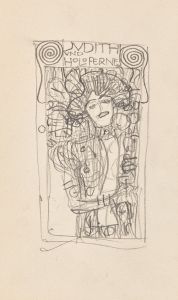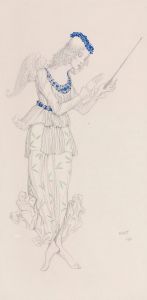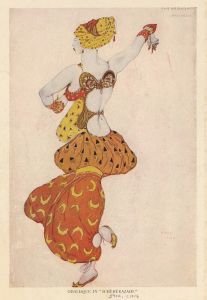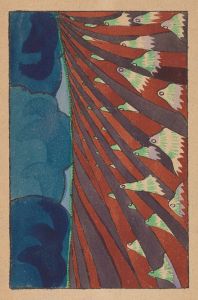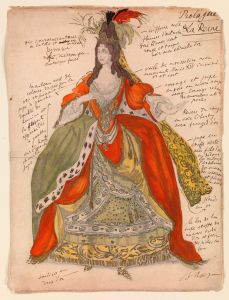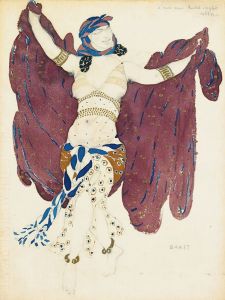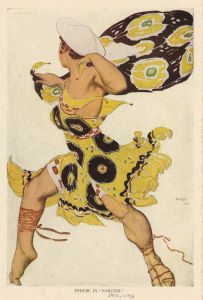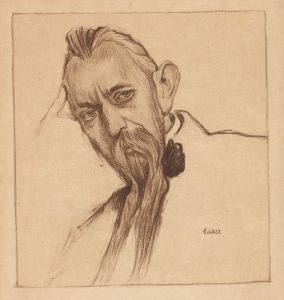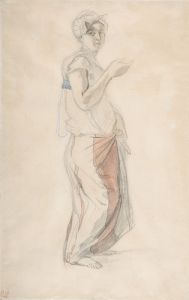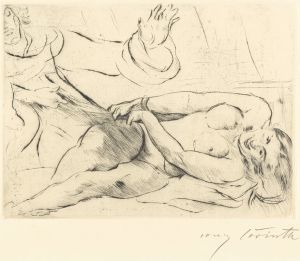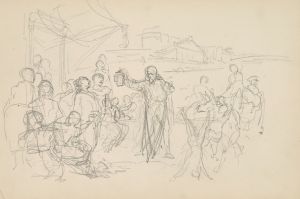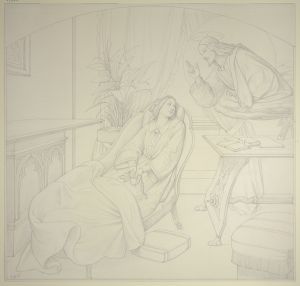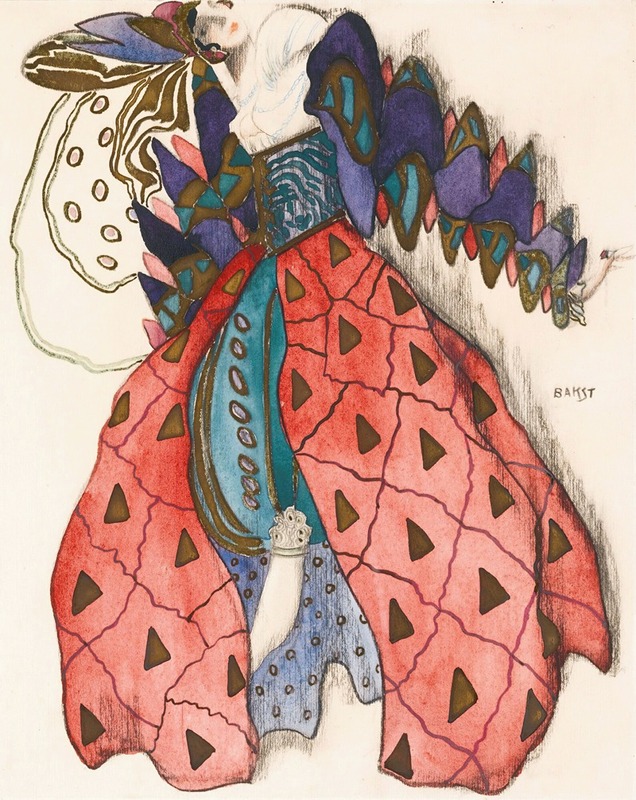
Costume Design For Potiphar’s Wife In The Legend Of Joseph
A hand-painted replica of Léon Bakst’s masterpiece Costume Design For Potiphar’s Wife In The Legend Of Joseph, meticulously crafted by professional artists to capture the true essence of the original. Each piece is created with museum-quality canvas and rare mineral pigments, carefully painted by experienced artists with delicate brushstrokes and rich, layered colors to perfectly recreate the texture of the original artwork. Unlike machine-printed reproductions, this hand-painted version brings the painting to life, infused with the artist’s emotions and skill in every stroke. Whether for personal collection or home decoration, it instantly elevates the artistic atmosphere of any space.
Léon Bakst, a renowned Russian painter and scene-and-costume designer, is celebrated for his influential contributions to the world of theater and ballet in the early 20th century. One of his notable works is the costume design for Potiphar’s Wife in "The Legend of Joseph," a ballet that premiered in 1914. This ballet was a product of the collaborative efforts of several prominent figures in the arts, including the famous impresario Sergei Diaghilev, who was the founder of the Ballets Russes, a company that played a pivotal role in the development of modern ballet.
"The Legend of Joseph" is based on the biblical story of Joseph and Potiphar’s wife, which is a tale of seduction and virtue. The ballet was choreographed by Michel Fokine, with music composed by Richard Strauss. The production was notable not only for its artistic collaboration but also for its lavish and innovative designs, which were a hallmark of the Ballets Russes.
Léon Bakst's design for Potiphar’s Wife is a quintessential example of his ability to blend historical and exotic influences with a modern sensibility. His work is characterized by vibrant colors, intricate patterns, and luxurious fabrics, which together create a sense of opulence and drama. Bakst's designs often drew inspiration from a variety of sources, including Orientalism, which was a popular theme in the arts during this period. This influence is evident in the costume for Potiphar’s Wife, which features rich textures and bold colors that evoke a sense of the exotic and the sensual.
The costume itself is designed to reflect the character of Potiphar’s Wife, who is portrayed as a seductive and powerful figure. Bakst’s use of color and form in the costume helps to convey the character’s allure and complexity. The design includes elements such as flowing fabrics and elaborate headpieces, which add to the overall theatricality of the production. Bakst’s attention to detail and his ability to create visually stunning costumes were instrumental in bringing the characters of "The Legend of Joseph" to life on stage.
Bakst's work for the Ballets Russes, including his design for Potiphar’s Wife, had a significant impact on the world of fashion and design. His innovative use of color and pattern influenced not only the theater but also the broader world of fashion, inspiring designers and artists of the time. The collaboration between Bakst and the Ballets Russes exemplifies the cross-disciplinary creativity that defined the early 20th-century art scene.
In summary, Léon Bakst's costume design for Potiphar’s Wife in "The Legend of Joseph" is a testament to his artistic vision and his ability to create captivating and memorable designs. His work continues to be celebrated for its beauty and its influence on both the performing arts and fashion. The legacy of Bakst and the Ballets Russes remains a significant chapter in the history of modern art and theater.





